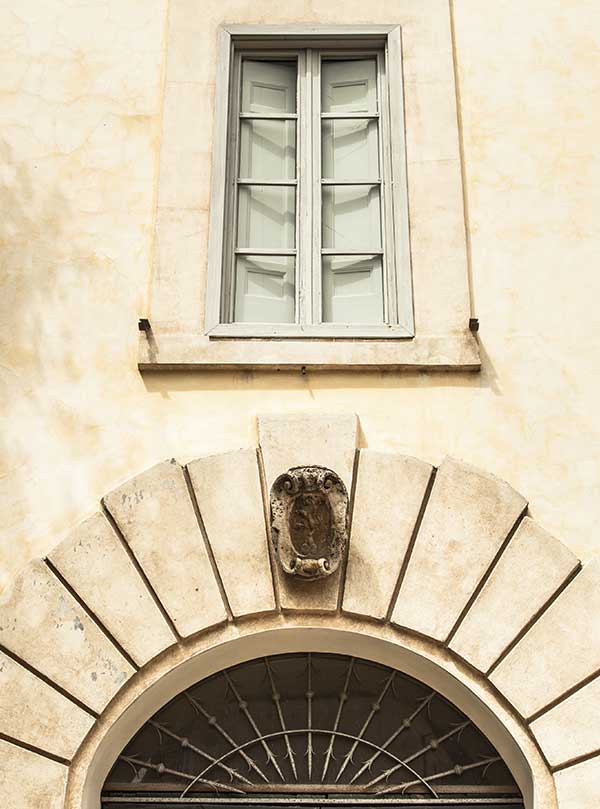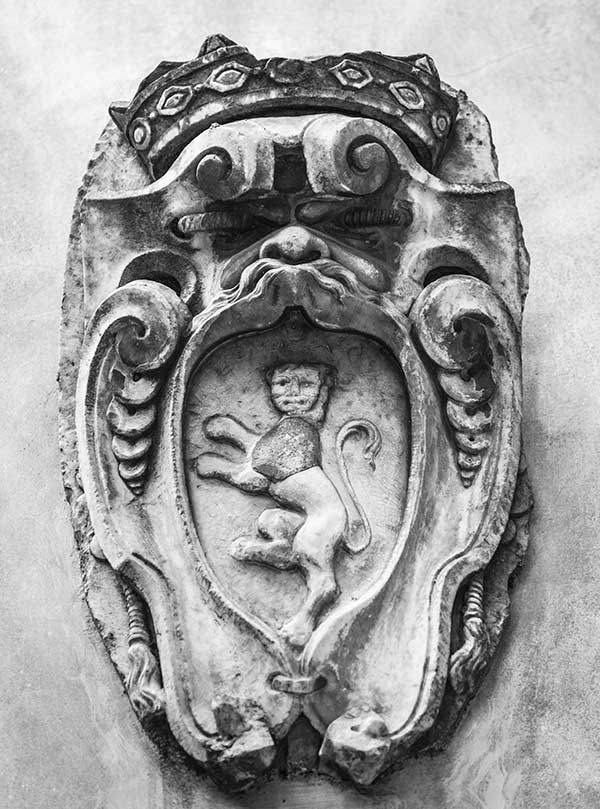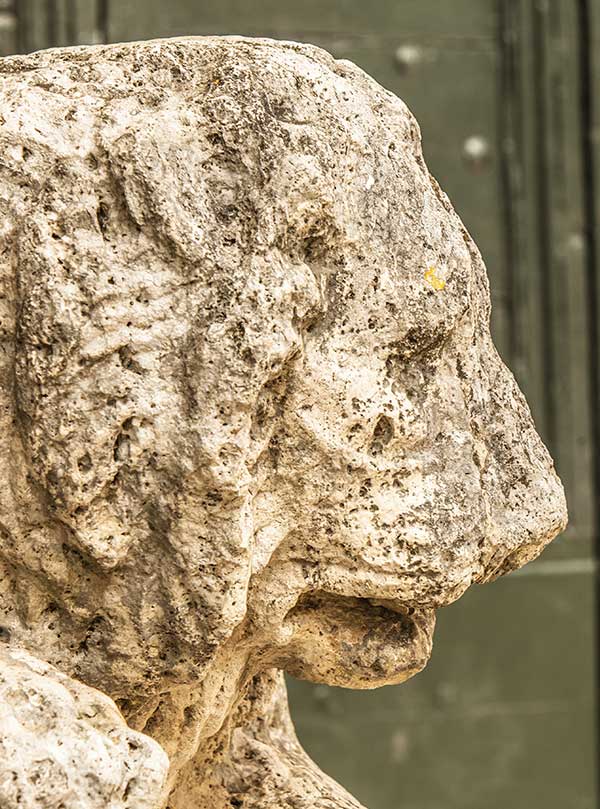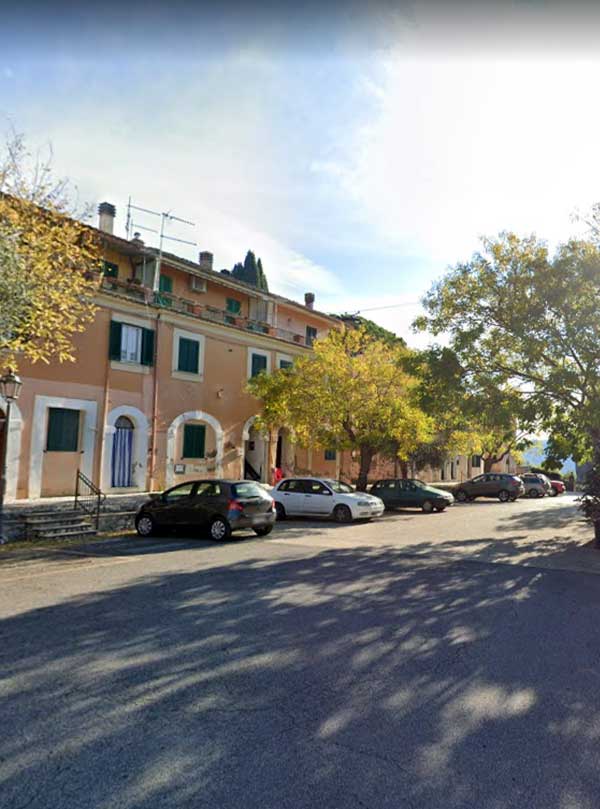Sant Peter Castel is a small scenic village, local traditions want it to have risen on the remains of a Roman villa attributed to Diocletian. The presence of typically Roman limestone blocks and the still-functioning fountain in the basement of the Baronial Palace suggest the hypothesis that the whole area was occupied by an ‘imposing patrician villa. Later Castel San Pietro became the possession of the Church of Rome, and in 1449 the Vatican made its sale to the Orsini family. Various changes of ownership to other noble families took place, until 1706, when Clement XI authorized the sale to further third parties on behalf of Simone Bonaccorsi. The present palace that today takes its name is of 16th-century form, but with remodeling from various periods.
At the bottom of Piazza Grande begins the castle park, inside stands a monumental yew tree, which is attributed to be 500 years old. The church of St. Peter, later dedicated to the Virgin of Mercy, is worth seeing. In the high altar the altarpiece is a 17th-17th-century canvas depicting a deposition. The inscription “Altare privilegatum” warns that special indulgences are granted to this altar.
Village of St. Peter Castle

Position
Piazza Grande, 13,
02047 Castel San Pietro
Poggio Mirteto (RI)

Opening hours
Always open

Contacts
Tel.
Mail:
Sant Peter Castel is a small scenic village, local traditions want it to have risen on the remains of a Roman villa attributed to Diocletian. The presence of typically Roman limestone blocks and the still-functioning fountain in the basement of the Baronial Palace suggest the hypothesis that the whole area was occupied by an ‘imposing patrician villa. Later Castel San Pietro became the possession of the Church of Rome, and in 1449 the Vatican made its sale to the Orsini family. Various changes of ownership to other noble families took place, until 1706, when Clement XI authorized the sale to further third parties on behalf of Simone Bonaccorsi. The present palace that today takes its name is of 16th-century form, but with remodeling from various periods.
At the bottom of Piazza Grande begins the castle park, inside stands a monumental yew tree, which is attributed to be 500 years old. The church of St. Peter, later dedicated to the Virgin of Mercy, is worth seeing. In the high altar the altarpiece is a 17th-17th-century canvas depicting a deposition. The inscription “Altare privilegatum” warns that special indulgences are granted to this altar.
The only structure remaining intact of the city walls is the Roman Gate, which opens at the base of a keep, 13th and 14th centuries. Near Castel San Pietro, we find the small rural church of San Sebastiano. Rising on Roman ruins of which little remains, it dates from around the 11th century and was officiated by a hermit monk for centuries. Interesting, along the road leading to St. Sebastian’s, is a stone and wooden structure of an old washhouse from 1893.









